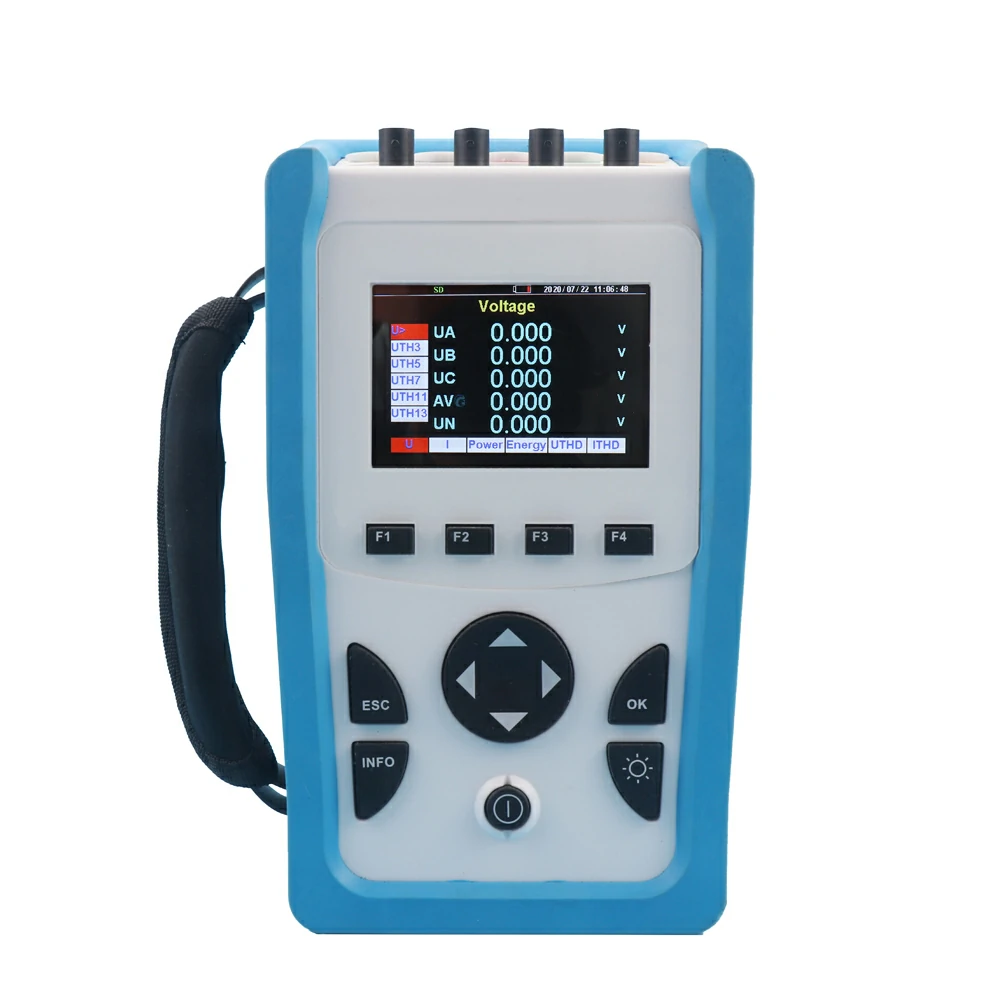The accuracy of electrical power testers can change over their operational lifetime due to various factors, including wear and tear, calibration drift, component aging, environmental conditions, and usage patterns.
Here’s how the accuracy of electrical power testers may change over time:
- Wear and Tear: Continuous use of electrical power testers can lead to mechanical wear and tear, especially in portable or handheld devices subjected to frequent handling and transportation. Mechanical components such as switches, connectors, buttons, and display screens may degrade over time, affecting the overall performance and accuracy of the tester.
- Calibration Drift: Electrical power testers require regular calibration to maintain accuracy and reliability. However, even with proper calibration, the measurement accuracy may drift over time due to factors such as component aging, environmental conditions, and internal electronic changes. Calibration drift can lead to gradual deviations from the intended measurement accuracy specified by the manufacturer.
- Component Aging: The electronic components and sensors within electrical power testers may experience aging effects over time, resulting in changes to their performance characteristics. For example, semiconductor devices such as integrated circuits (ICs) and transistors may exhibit changes in their electrical properties due to prolonged use, temperature variations, and electrical stress, leading to deviations in measurement accuracy.
- Environmental Conditions: Environmental factors such as temperature, humidity, electrical power tester dust, and vibration can impact the accuracy of electrical power testers. Exposure to harsh environmental conditions or inadequate storage conditions may accelerate component degradation, affect electronic stability, and contribute to measurement errors over time.
- Usage Patterns: The frequency and intensity of usage can also affect the operational lifetime and accuracy of electrical power testers. Testers subjected to heavy usage or extended periods of operation may experience faster deterioration compared to those used intermittently or under lighter loads. Excessive usage can accelerate wear on components and increase the likelihood of calibration drift.
- Maintenance and Care: Proper maintenance and care practices can help mitigate accuracy degradation over the operational lifetime of electrical power testers. Regular cleaning, inspection, and calibration ensure that the tester remains in optimal working condition and minimize the risk of performance degradation due to mechanical or electronic factors.
- Technological Advancements: Over time, technological advancements may lead to the introduction of newer, more accurate electrical power testers with improved features and capabilities. As newer models become available, older testers may gradually become obsolete or less competitive in terms of accuracy and performance.
In summary, the accuracy of electrical power testers can change over their operational lifetime due to a combination of factors including wear and tear, calibration drift, component aging, environmental conditions, usage patterns, and technological advancements. Regular maintenance, calibration, and adherence to manufacturer recommendations can help mitigate accuracy degradation and ensure reliable measurement results over time.
